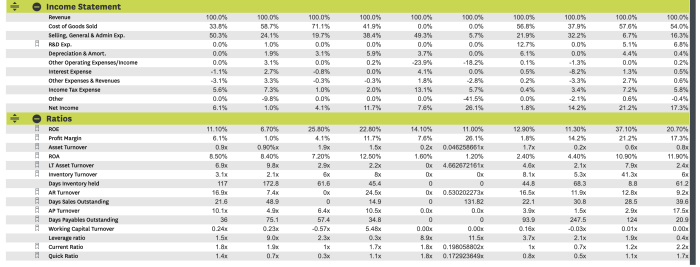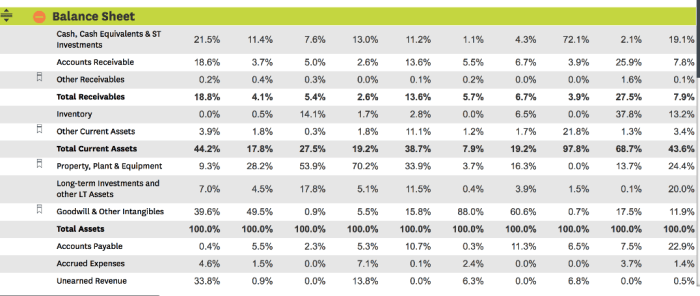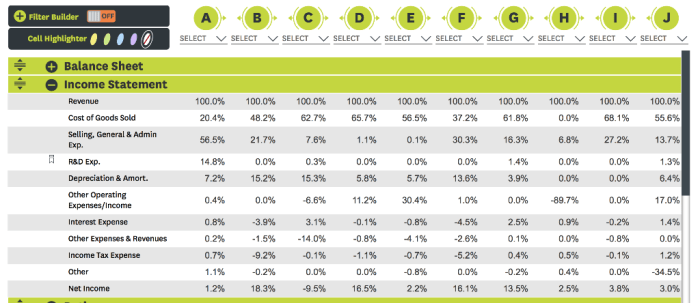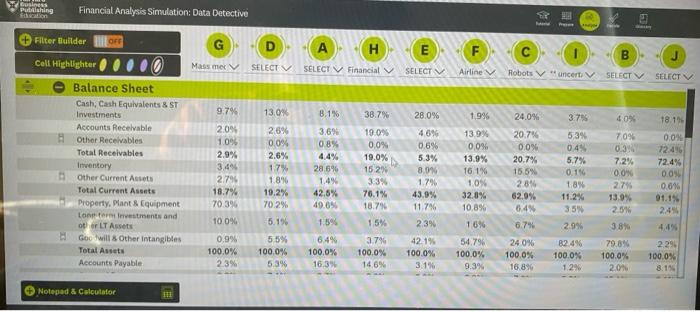In the realm of financial analysis, the Financial Analysis Simulation Data Detective emerges as a pivotal figure, harnessing the power of simulation data to uncover hidden patterns, mitigate risks, and drive informed decision-making.
Through meticulous analysis and interpretation, these data detectives leverage simulation data to provide valuable insights, enabling organizations to navigate complex financial landscapes with confidence and foresight.
1. Overview of Financial Analysis Simulation Data Detective

Financial analysis simulation data detectives are individuals who use simulation data to uncover insights and patterns in financial data. They play a crucial role in the financial analysis process by providing data-driven insights that help organizations make informed decisions.
Simulation data is a powerful tool for financial analysis as it allows analysts to explore different scenarios and assess the potential impact of various factors on financial outcomes. This data can be generated using a variety of methods, including Monte Carlo simulations and historical data analysis.
Types of Simulation Data
There are different types of simulation data used in financial analysis, each with its own characteristics and applications:
- Historical data: This data represents actual financial performance over a period of time. It can be used to identify trends and patterns, and to develop predictive models.
- Synthetic data: This data is generated using a statistical model to simulate financial performance. It can be used to explore different scenarios and to test the robustness of financial models.
- Hybrid data: This data combines historical and synthetic data to create a more realistic representation of financial performance. It can be used to develop more accurate predictive models and to make more informed decisions.
Data Analysis Techniques
Financial analysis simulation data detectives use a variety of data analysis techniques to uncover insights and patterns from simulation data. These techniques include:
- Statistical analysis: This technique involves using statistical methods to analyze data and identify trends and patterns. It can be used to test hypotheses and to develop predictive models.
- Machine learning: This technique involves using algorithms to learn from data and make predictions. It can be used to identify complex patterns in data and to develop predictive models.
- Data visualization: This technique involves using visual representations to display data. It can be used to identify trends and patterns, and to communicate findings to stakeholders.
Case Studies
Financial analysis simulation data has been used in a variety of successful projects. One example is the use of simulation data to assess the impact of a new product launch on a company’s financial performance. The simulation data allowed the company to explore different scenarios and to identify the most likely outcomes.
This information helped the company to make informed decisions about the product launch.
Tools and Technologies, Financial analysis simulation data detective
Financial analysis simulation data detectives use a variety of tools and technologies to analyze data. These tools include:
- Statistical software: This software provides a variety of statistical functions that can be used to analyze data. It can be used to test hypotheses, to develop predictive models, and to create data visualizations.
- Machine learning software: This software provides a variety of machine learning algorithms that can be used to learn from data and make predictions. It can be used to identify complex patterns in data and to develop predictive models.
- Data visualization software: This software provides a variety of data visualization tools that can be used to display data. It can be used to identify trends and patterns, and to communicate findings to stakeholders.
Q&A
What is the primary role of a Financial Analysis Simulation Data Detective?
To analyze and interpret simulation data, uncovering hidden patterns and providing insights to support financial decision-making.
What types of simulation data are commonly used in financial analysis?
Historical data, market data, economic data, and risk data.
How do Financial Analysis Simulation Data Detectives analyze data?
They employ statistical techniques, machine learning algorithms, and visualization tools to extract meaningful insights.


